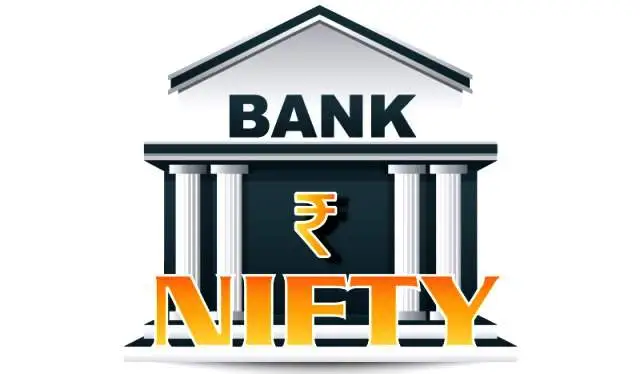Code red for Bank Nifty, 11 of 12 stocks trade lower

Code red for Bank Nifty, 11 of 12 stocks trade lower
On October 4th, the Indian stock market saw a notable downturn, primarily driven by the declining performance of major banking stocks, including Axis Bank, ICICI Bank, State Bank of India (SBI), and IndusInd Bank. These declines had a significant impact, causing the Nifty 50 index to drop below the 19,400 level.
Shares of Axis Bank, one of India’s prominent private sector banks, experienced a substantial decrease of 3.73 percent, trading at Rs 1,002.2 at 13:20 pm on the National Stock Exchange. Similarly, SBI, a major public sector bank, saw its shares fall by 2.57 percent to Rs 587.45. ICICI Bank, another leading private sector bank, recorded a decline of 0.96 percent, with shares trading at Rs 931.3. Additionally, IndusInd Bank’s shares dropped by 2.59 percent, touching Rs 1,398.20.
The red across the Bank Nifty index was quite prominent, with 11 out of 12 banking stocks trading in negative territory during midday. These declines in banking stocks reflected broader market sentiment and may have been influenced by various factors, including economic conditions, global trends, and investor sentiment toward the banking sector at that time.
The influence of Axis Bank and ICICI Bank on the index is noteworthy, given their high weightage. When these major banks experience declines in their stock prices, it can have a substantial impact on the overall performance of the index. Additionally, despite a robust Q2 update, Bajaj Finance also contributed to the downward trend, indicating that even strong individual performances may not always shield stocks from broader market dynamics.

Analysts’ expectations for EPS (Earnings Per Share) growth in the banking sector for Q2 were reported to be relatively modest, at around 12-13 percent. This level of growth is considered achievable without significant risks, which suggests that the expectations were set conservatively.
However, it’s important to note that while moderate growth may be seen as less risky, the actual performance of banks can be influenced by various factors, including economic conditions, interest rates, regulatory changes, and global market trends. Therefore, it’s crucial for investors to closely monitor quarterly results and the broader economic landscape to make informed investment decisions.
Despite the challenges faced by the banking sector, it remains the preferred choice for analysts. In September, several prominent banks garnered strong buy recommendations from analysts. For instance, HDFC Bank received 44 buy calls, State Bank of India (SBI) had 47 buy calls, and ICICI Bank had 46 buy recommendations.
Among the banking institutions in the public sector, State Bank of India (SBI) distinguishes itself for various compelling reasons, according to insights from ICICI Securities. SBI’s standout attributes include its consistent maintenance of a stable market share, its robust digital infrastructure and capabilities, a strong liability base that forms a solid foundation, a well-established retail banking franchise, and a management team characterized by depth and experience.
This unique combination of strengths has positioned SBI favorably in the eyes of financial analysts. Specifically, ICICI Securities has expressed confidence in SBI’s potential by issuing a buy recommendation with a target price of Rs 730. This recommendation reflects a positive outlook on SBI’s performance and its ability to navigate the complexities of the banking industry effectively.
Deven Mehata’s meticulous technical analysis of the Bank Nifty index offers a valuable perspective on its recent performance. The identification of a strong support level at 44,200, coupled with the index’s closing proximity to 44,400, implies a potential zone of stability within this range.
As investors look ahead, Mehata’s analysis hints at the likelihood of continued support within the 44,000-44,200 range, while suggesting resistance levels around 44,750-44,900. These insights are particularly crucial for both seasoned investors and diligent analysts, serving as key reference points that can shape strategic trading decisions in the ever-persistent and intriguing banking sector. Amid the evolving dynamics of financial markets, the banking sector continues to hold the undivided attention of investors and analysts alike.




